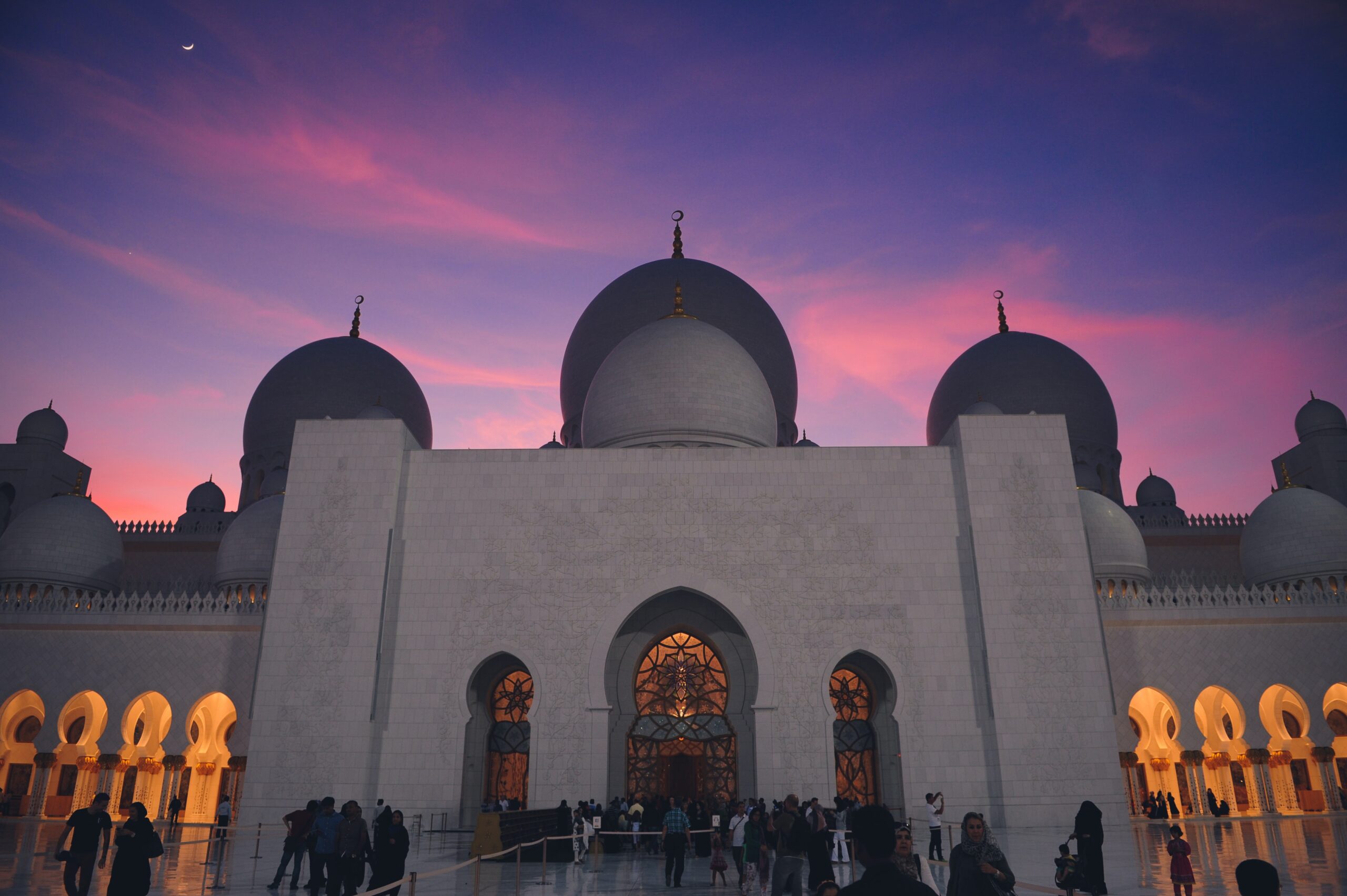There are many schools in the United States that offer Islamic education. These schools are scattered throughout the country and differ in their curricula and teaching methods.
There are over 3.3 million Muslims in the United States, most of whom are immigrants or children of immigrants.
In recent years, there has been a surge in anti-Muslim sentiment and bias-motivated incidents across the country.
This section will examine how Islamic education is taught in the United States and what challenges Muslim students face.
This section will examine the history of Islam in the United States.
The first Muslims to arrive in North America were slaves from West Africa. These slaves were brought to America by the English and Spanish who captured them from their homeland. They came to America not only because they were captured and enslaved, but also because they wanted a better life for themselves and their families.
The first African Muslims arrived on American soil in 1625, when a Moroccan slave named Estevanico was brought to the territory of modern Texas by Spanish explorers. He is considered the first Muslim in North America.
Islam is the second largest religion in the United States. It is estimated that there are about 3.3 million Muslims in the country, with Islam being the fastest growing religion in America.
In recent years, many Islamic schools have been established by Muslim parents who want their children to be raised in a Muslim environment and learn about their faith. Now there are more than 200 Islamic schools across the country, and more are opening every year. In 15 years, the number of Islamic schools has grown from 50 to 200.
Some believe that Islamic education in the United States is necessary to address the problem of radicalization and terrorism, which has recently been observed around the world.
A study conducted by the Pew Research Center found that most Muslim Americans are proud to be Americans and believe that their values and lifestyle are compatible with democracy and Western society.
The study also found that most Muslim Americans have strong ties to their communities, including friendships with non-Muslims and participation in local organizations such as schools, PTAs and churches.
The Muslim population in the United States is growing, as is the demand for Muslim schools. The demand for Islamic schools in the United States is growing exponentially as more and more Muslims migrate to America.
In fact, there are now over 300 Islamic schools in the United States, most of which are privately funded and run by Muslims themselves.
The United States of America is a predominantly Christian country. It has become a common belief that the United States is a Christian nation, but this is not true. The first Muslims in the United States were African slaves who were brought to America in the 16th century.
In 1791, George Washington said that religion is “a matter that lies solely between man and his God”. This essentially meant that there would be no state religion as long as it did not interfere with the civil liberties of others. This was the result of the First Amendment to the Constitution, which was ratified on December 15, 1791. In 1875, the Treaty of Peace with Tripoli declared that “the government of the United States is in no way founded on the Christian religion” (Treaty). In 1947, the Treaty with Turkey stated that “the Government of Turkey recognizes no religious or racial distinctions among Turkish citizens” (Treaty).
Islamic education in the United States has been a controversial topic for many years. There are many misconceptions about Islam and Muslims in the United States, making it difficult to teach Muslim children about their faith and culture. The American public is not well-informed about Islam and Muslims, making it difficult for Muslim students to fit in at school or even be accepted by their peers.
The following information is a brief introduction to the current state of Islamic education in America, as well as some possible solutions to help address these problems.
There are three main types of Islamic schools: public schools (funded by the government), private schools (funded by tuition), and madrasas (a type of religious school). Public schools have proven to be the most successful because they offer more opportunities for social integration than private or madrasah schools.
Some solutions include teaching Arabic in public schools so that Muslim students can learn about their faith from an early age and feel more connected to it


